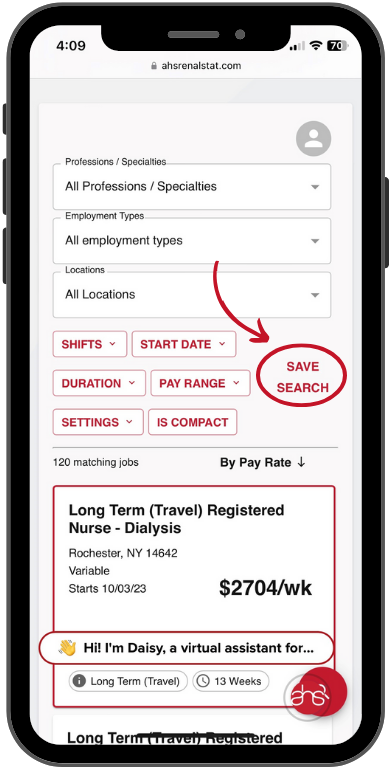Nephrologists, perhaps more than physicians in any other medical specialization, are physicians on the go.
From office visits, to rounding in clinics and hospitals, to being on call, nephrologists are extremely mobile providers. Many nephrologists have yet to make the leap into mobile health applications that match their mobile style of caregiving.
For some, mobile health information technology (IT) may be seen as burdensome or time-consuming.
Others may be interested in adopting new technologies, but just aren’t sure where to start.
Whatever the reason for delaying adoption to date, the time has arrived to start embracing mobile IT.
The nascent mobile health IT industry is developing rapidly. Physician adoption of tablet computers has more than doubled from 2011 to 2012, according to a Manhattan Research study of 3,015 physicians across 25 specialties. The survey, which was conducted over the first quarter of 2012, found that 62 percent of physicians now own a tablet computer—up from just 27 percent in 2011.1
“Tablets are really changing the game at this point,” Emily Bonham, product director for Falcon EHR said. “Physician adoption rate of tablets is very high, but they’re asking, ‘Now that I have this device, how can I put it to good use in my practice?’”
To answer this question, mobile health IT experts urge nephrologists to follow four important tips that will optimize the use of evolving mobile tools, like tablet computers, in order to get ahead of the curve and avoid playing a difficult game of catch-up later on.
Master a Simple Function First Nephrologists should start by familiarizing themselves with simple mobile applications, mastering one or two easy functions before moving on to more complicated tasks.
“Where clinicians struggle with mobile today is when they start trying to move the entire patient encounter onto an iPad,” Anthony Gabriel, chief information officer for DaVita said. “To get comfortable, you should start with modules that are proven in the industry, like e-prescribing.”
Dr. Adam Weinstein, a practicing nephrologist and partner with the Kidney Health Center of Maryland, a DaVita medical director, and an advisory board member for Falcon EHR who also serves as a medical advisor to the Maryland Accountable Care Organization of the Eastern Shore agrees. He advises nephrologists to look at health care apps by function or workflow.
“Ask yourself, ‘What do I need to accomplish? What apps offer the functions I need today? What will fit in chair-side?’” he said.
By starting with these simple tasks, nephrologists can begin to easily apply mobile technology to their daily workflow. Additionally, it helps physicians develop the skill set and the comfort level to adopt more complex applications later on.
Shop for Native Applications Experts recommend focusing on the use of native applications rather than Web-based versions. A native application is an application that has been specifically developed for use on a particular operating system—like iOS or Android—or for use on a particular device, like an iPad or Android tablet.
“Web-based apps tend to be slow and clunky on mobile devices,” Bonham said. “Going the native app route is allowing Falcon EHR Mobile to offer the fastest possible user experience. Some EHRs have developed Web-based mobile applications or require users to log in from a mobile Web browser.
I don’t recommend this. They contain problems inherent in Web-based solutions: slow loading speeds, difficult data entry, problems adapting to different screen sizes and so on. Overall, it’s a poor user experience. You want your medical app to be just as quick and just as fun as the other apps you have on your iPad.”
~RenalBusinessToday.com~


